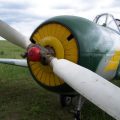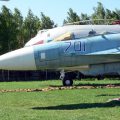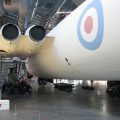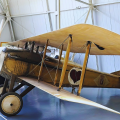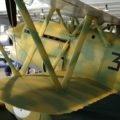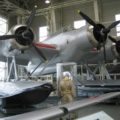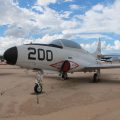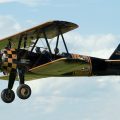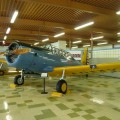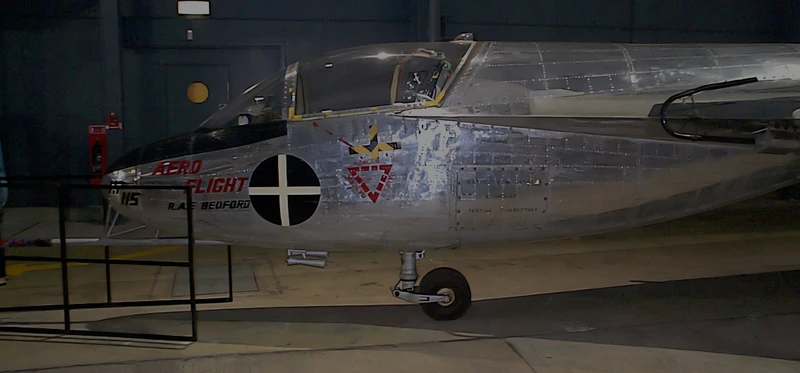
Handley Page HP.115 | |
|---|---|
| Šalies | Jk |
| Vaidmenį | Eksperimentiniai orlaiviai |
| Pirmasis skrydis | 1961 m. rugpjūčio 17 d. |
| Pastatytas | 1 |
2007 Handley puslapis HP.115 buvo britų delta sparno tyrimų lėktuvas, kurį sukūrė Handley Page'as, norėdamas išbandyti mažo greičio valdymo charakteristikas, kurių galima tikėtis iš plonos delta konfigūracijos viršgarsinio lėktuvo. Tai buvo dalis Didžiosios Britanijos viršgarsinių orlaivių tyrimų programos, vykdytos 1960-aisiais ir remiamos Tiekimo ministerijos, kuri galiausiai pagamino "Concorde".
Šaltinis: Handley Page HP.115 Vikipedijoje
| HP.115 Walk Around | |
|---|---|
| Photographer | Howard Mason |
| Localisation | Fleet Air Arm Museum |
| Photos | 23 |
| Handley Page HP.115 (Prototype) Walk Around | |
|---|---|
| Fotografas | Unknow |
| Lokalizavimo | Nežinoti |
| Nuotraukos | 21 |
Taip pat žiūrėkite:
2007 Handley puslapis HP.115 was a British experimental aircraft designed to test the low-speed handling characteristics of a delta wing with a very high sweep angle of 75 degrees. It was built in the 1960s as part of the research programme for the development of the supersonic airliner Concorde. The HP.115 was a single-engine jet aircraft with a slender fuselage and a T-tail. The delta wing had no flaps or ailerons, and was controlled by elevons on the trailing edge and a large rudder. The aircraft had a fixed tricycle landing gear and was powered by a Rolls-Royce Viper turbojet engine. The HP.115 made its first flight on 17 August 1961, piloted by Hugh Merewether. It flew a total of 113 flights, demonstrating excellent low-speed stability and control, as well as high lift-to-drag ratio. The aircraft was retired in 1974 and is now on display at the Fleet Air Arm Museum in Yeovilton, Somerset.
Peržiūrėta: 2255



